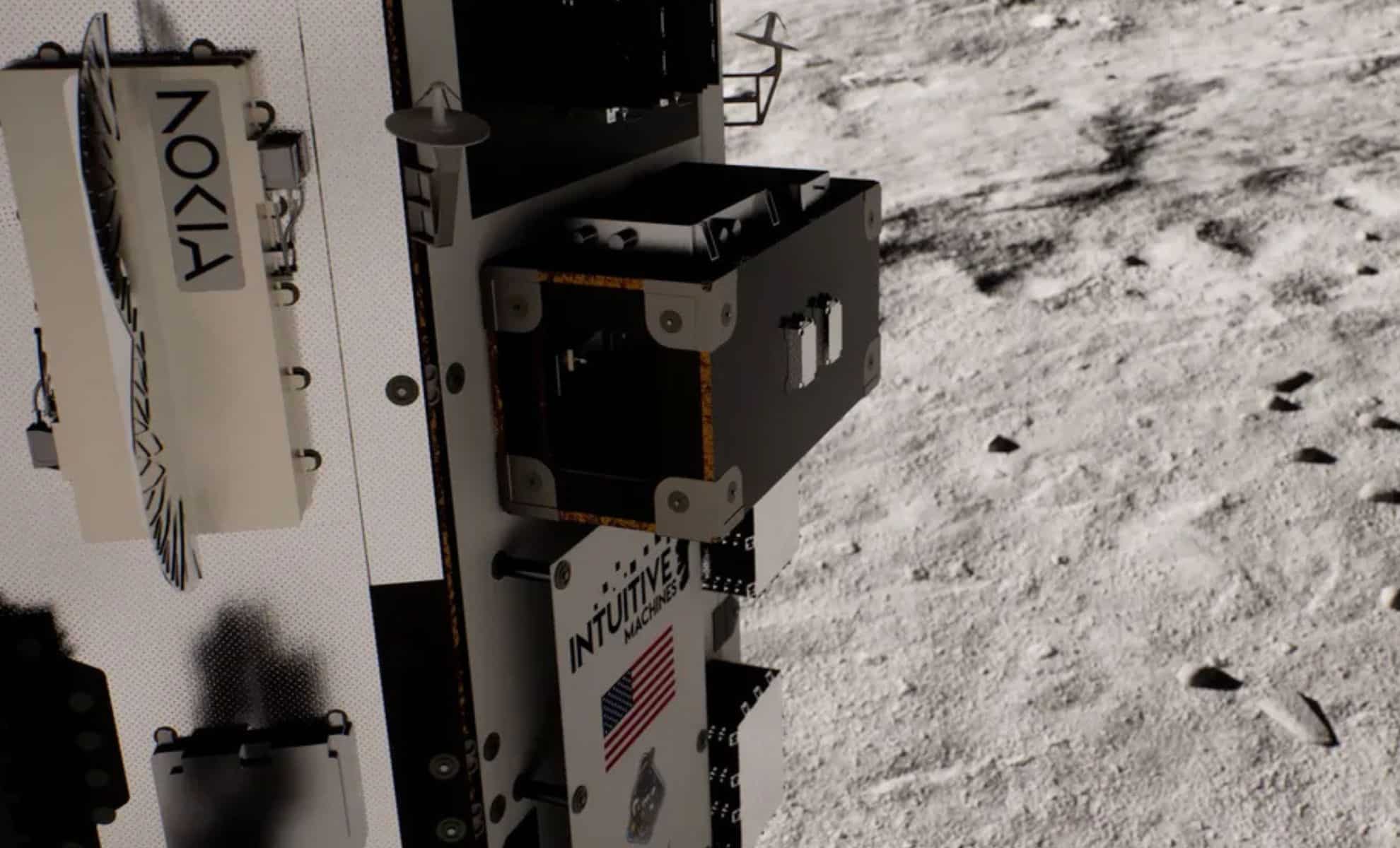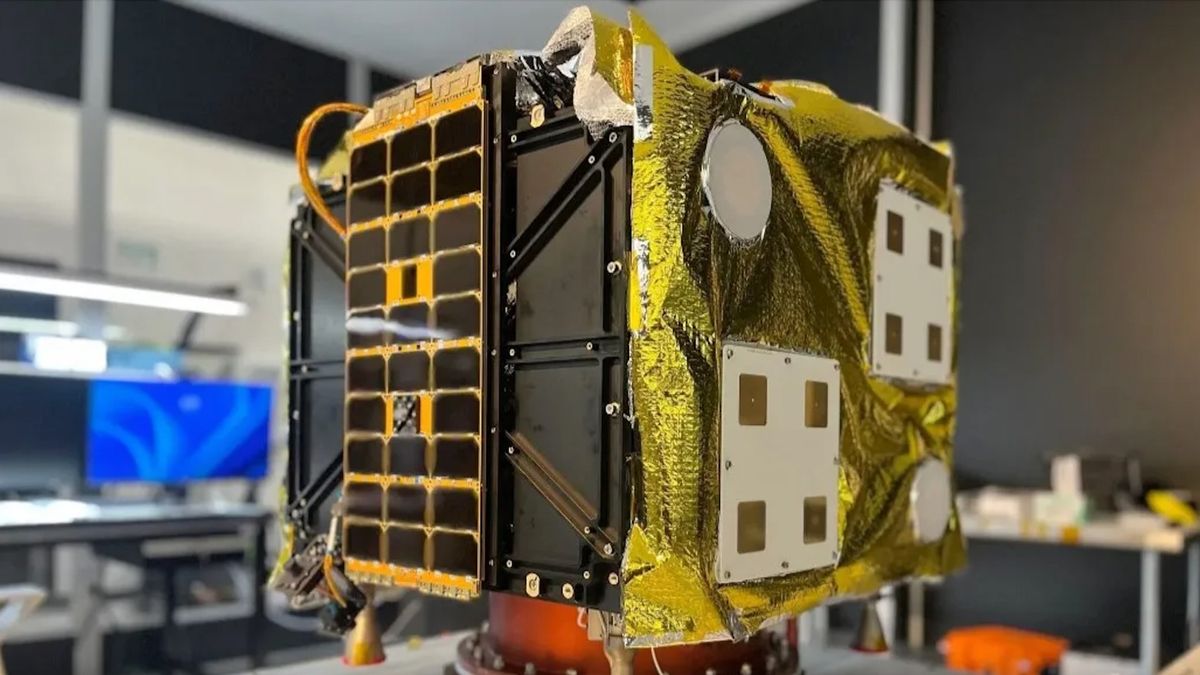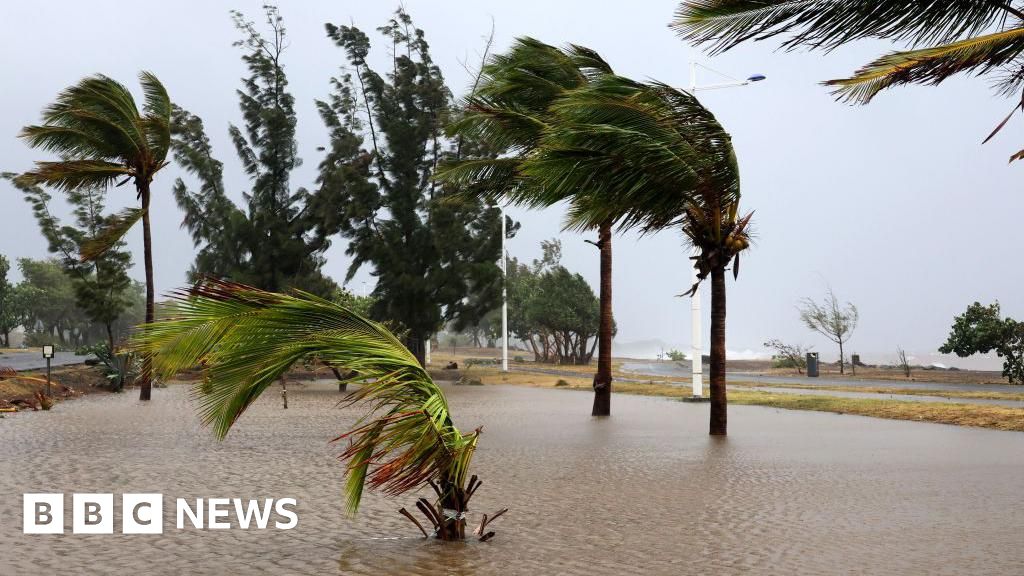
In a historic milestone, the Moon is set to receive its first-ever 4G cellular network, paving the way for a significant advancement in space communication. This innovative system, crafted by Nokia Bell Labs in partnership with NASA, is poised for deployment on the lunar landscape, heralding a new era for Moon exploration missions. Unlike earlier lunar missions that relied on conventional radio transmissions, this 4G network promises high-speed, dependable connectivity, which will enhance communication among rovers, landers, and, in the near future, astronauts.
Scheduled for launch in the upcoming weeks aboard the Athena lander from Intuitive Machines, this network is crucial for the sustained exploration of the Moon. It aims to accelerate data transfer, allowing for instant sharing of images and videos, collection of scientific data, and operation of rovers from distances. As part of NASA’s Artemis program, which is set to return humans to the Moon for the first time in over half a century, this technological innovation is vital for establishing a permanent human presence beyond our planet.
A Breakthrough in Lunar Connectivity
As reported by IFLScience, the 4G network will be introduced as part of Intuitive Machines’ second lunar mission, with the Athena lander expected to land near the Shackleton Crater. This area, characterized by constant sunlight and believed to harbor water ice, has been identified as a prime target for future human missions and resource exploitation, making reliable communication essential for mission efficiency.
The Lunar Surface Communication System (LSCS), created by Nokia Bell Labs, will serve as a self-sufficient, efficient communication network that connects various lunar vehicles, including:
- The Nova-C Lander – Acting as the mission’s central hub
- The MAPP Rover – A robotic unit aimed at discovering lunar resources
- The Micro-Nova Hopper – A lander capable of navigating the Moon’s surface to reach challenging locations
This cutting-edge network will enable these robotic explorers to interact with one another and transmit real-time data back to Earth, enhancing navigation, coordination, and data collection for subsequent Moon missions.
Conquering Lunar Environmental Challenges
Implementing 4G technology on the Moon presents significant challenges. The lunar surface is a harsh environment, with temperatures ranging from 250°F (121°C) in sunlight to around -208°F (-133°C) at night. In areas of permanent shadow, temperatures can plummet to -410°F (-246°C).
In addition to extreme temperatures, the lunar landscape is littered with sharp, abrasive dust particles that pose a risk to equipment. Engineers designed the LSCS to endure intense mechanical stress, ensuring its functionality through the entire process of launch, landing, and extended lunar exposure.
Despite these challenges, the LSCS is engineered to be both energy-efficient and durable, guaranteeing uninterrupted communication for prolonged lunar missions.
The Transformative Impact of Lunar 4G
This inaugural lunar 4G network is not merely a communication advancement; it signifies a major leap for upcoming space missions. Real-time data transfer capabilities will enhance robotic exploration, scientific studies, and the ultimate settlement of humans on the Moon.
As stated by Thierry E. Klein, President of Bell Labs Solutions Research at Nokia:
“Our goal is to demonstrate that cellular technologies can deliver the dependable, high-capacity connectivity required for both crewed and uncrewed missions to the Moon, and eventually to Mars.”
The implications of this technology extend beyond the Moon. Innovations in lunar communication could lead to improvements in terrestrial 4G and 5G networks, fostering stronger, more efficient, and reliable communication systems worldwide.
Laying the Groundwork for Future Lunar Missions
As NASA and private enterprises advance their initiatives to establish a permanent human presence on the Moon, a robust communication infrastructure will be as vital as fuel and oxygen. The 4G network will provide critical support for future lunar bases, enabling live astronaut communications, robotic missions, and scientific inquiries.
This mission also signals a significant progression for private space exploration. Intuitive Machines, which recently made history as the first private entity to land on the Moon, aims to enhance its previous success with a more refined landing strategy this time.
As we approach sustained lunar exploration and future Mars missions, the outcomes of this lunar 4G network are poised to influence the future of interplanetary communication, proving that connectivity in space is essential, not optional.









